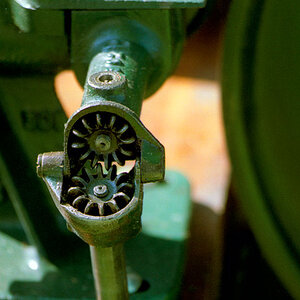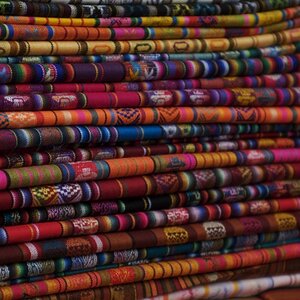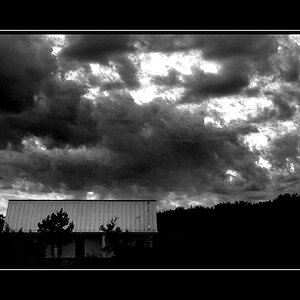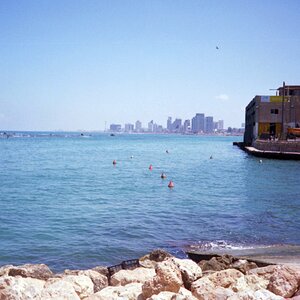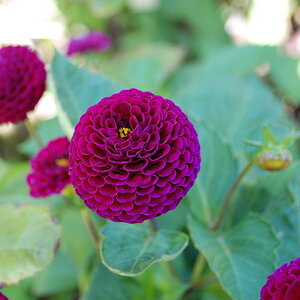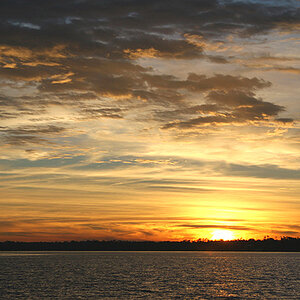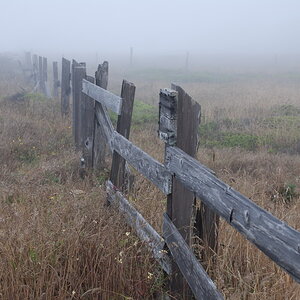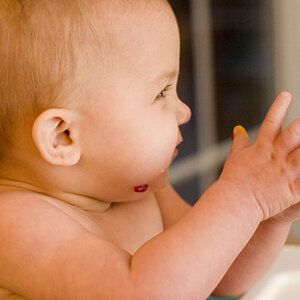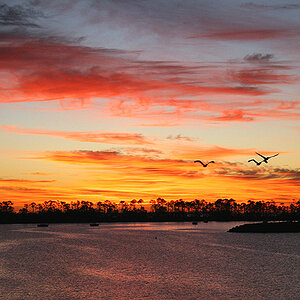Laynie
TPF Noob!
- Joined
- Feb 21, 2011
- Messages
- 12
- Reaction score
- 0
- Location
- Greater New Orleans Area
- Can others edit my Photos
- Photos NOT OK to edit
I took some photos at a wedding some time back (I wasn't the photographer, just a guest) where the main color was purple. All the purple dresses came out looking mostly blue. At the time, I thought it was my simple point-and-shoot. Then I started noticing that other friends' cameras did the same thing to varying degrees.
I'll be photographing my brother's wedding in a few weeks, so I've been preparing for that. It occurred to me today that their colors are purple and gold/yellow. I know there are technical reasons why purple is difficult. What I don't know is how to capture the colors in spite of these complications.
Can anyone give me some suggestions on how to approach this for the best results? I'm hoping to learn to do at least some of this with my camera rather than relying on software after the fact.
I'll be photographing my brother's wedding in a few weeks, so I've been preparing for that. It occurred to me today that their colors are purple and gold/yellow. I know there are technical reasons why purple is difficult. What I don't know is how to capture the colors in spite of these complications.
Can anyone give me some suggestions on how to approach this for the best results? I'm hoping to learn to do at least some of this with my camera rather than relying on software after the fact.



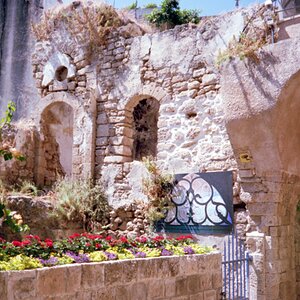
![[No title]](/data/xfmg/thumbnail/38/38731-d96a4449258a238d3de11f3c4adffc36.jpg?1619738702)
![[No title]](/data/xfmg/thumbnail/38/38735-2245cc1b04db3f96fa74095ae14558a6.jpg?1619738703)
